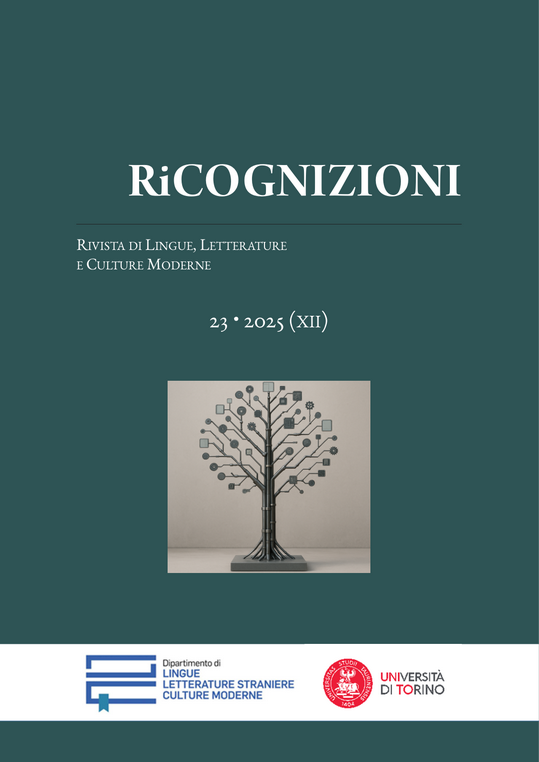Self-specified Nominals in Esperanto: A Typological Approach
DOI:
https://doi.org/10.13135/2384-8987/11440Keywords:
Esperanto, Self-specified Nominals, Pronoun, Correlative, TypologyAbstract
The aim of this article is to propose a first typological study of self-specified nominals (often called ‘correlatives’) based on data from Esperanto, which I compare with several languages (English, Lithuanian, Wolof, etc.). Although there are many similarities between Esperanto and other languages (particularly Indo-European) on this point, it seems that no typological study has ever been carried out on this kind of system. In fact, the lack of recognition of self-specified nominals as forming a coherent paradigm complicates typological research, as these elements are rarely treated together in descriptive grammars. Self-specified nominals are structured at the intersection of two categories: grammatical (interrogative, demonstrative, etc.) and ontological (time, place, etc.). I propose an first inventory of these categories, and then address several points required for the elaboration of a typology, namely morphosyntactic status, evolutionary trends of the paradigm and implicational universals in the inventory of categories.
Downloads
Published
How to Cite
Issue
Section
License
RiCognizioni is published under a Creative Commons Attribution 4.0 International License.
With the licence CC-BY, authors retain the copyright, allowing anyone to download, reuse, re-print, modify, distribute and/or copy their contribution. The work must be properly attributed to its author.
It is not necessary to ask further permissions both to author or journal board.








